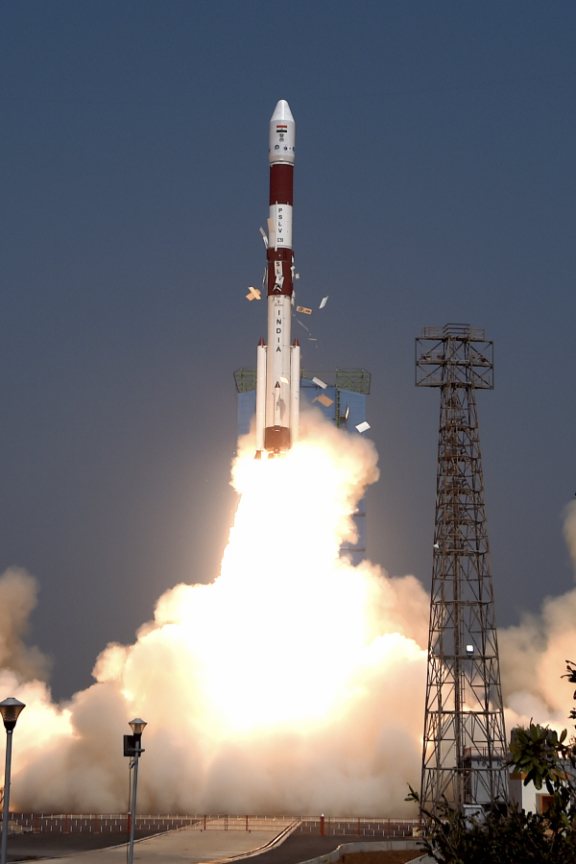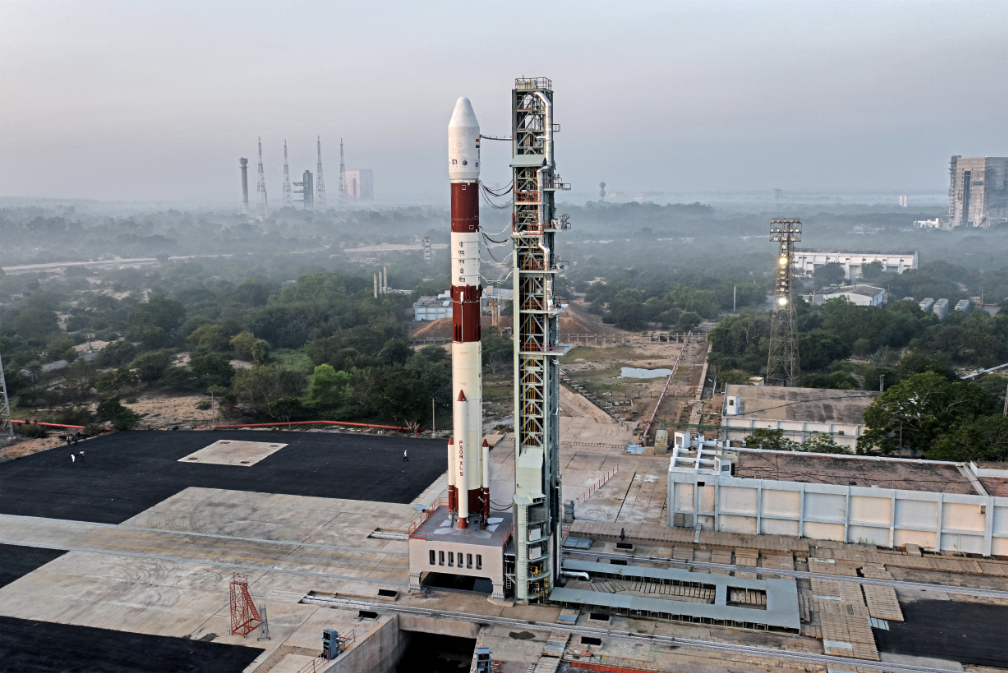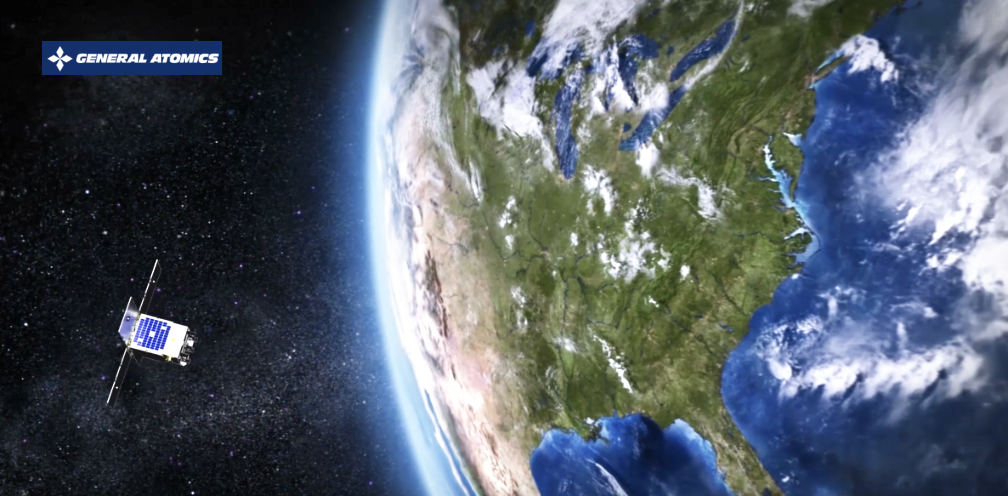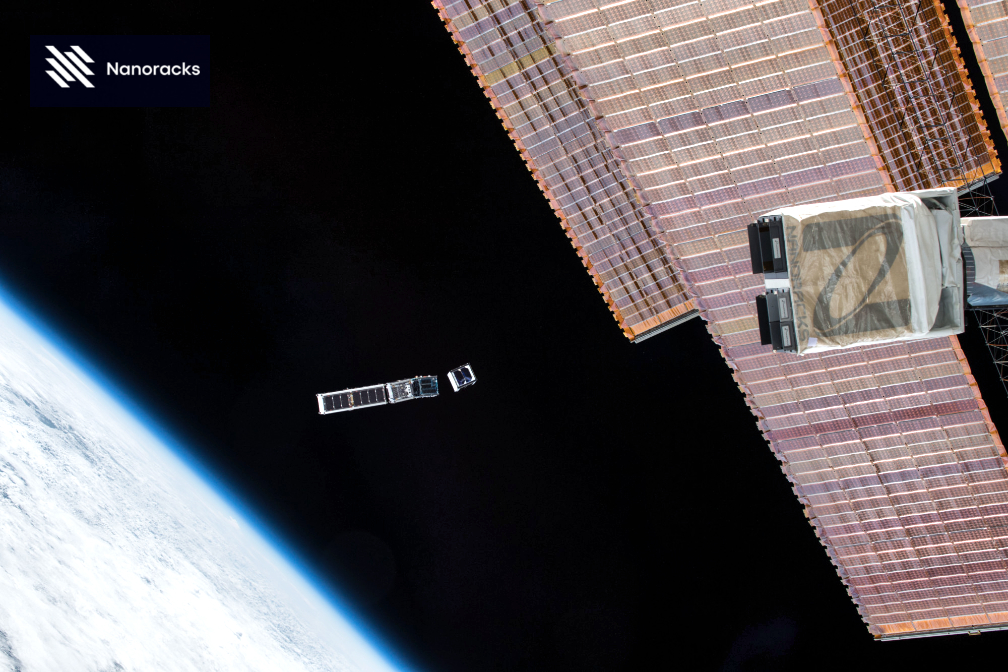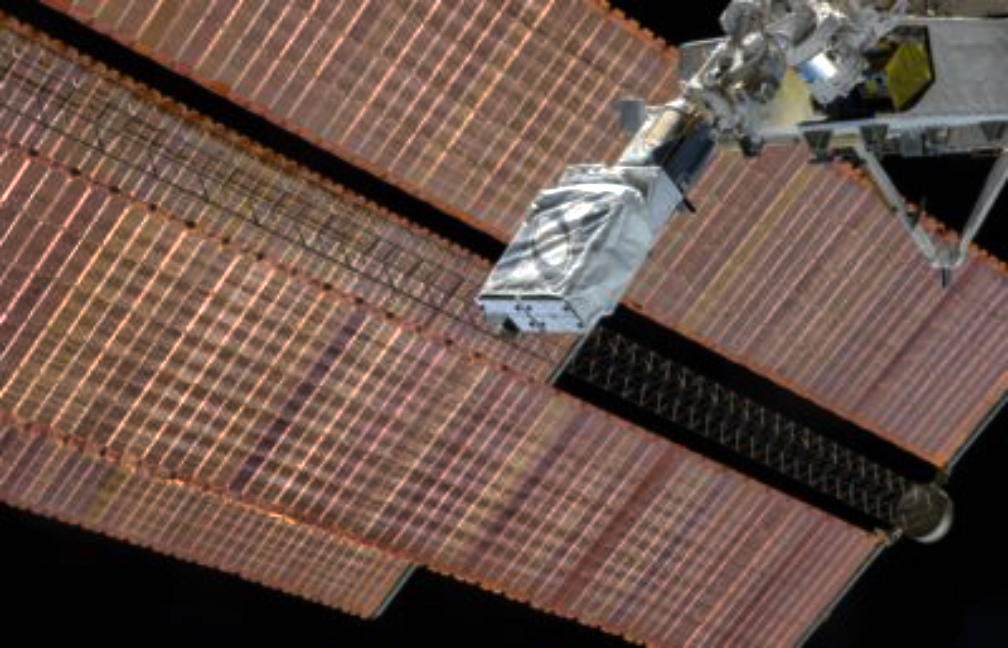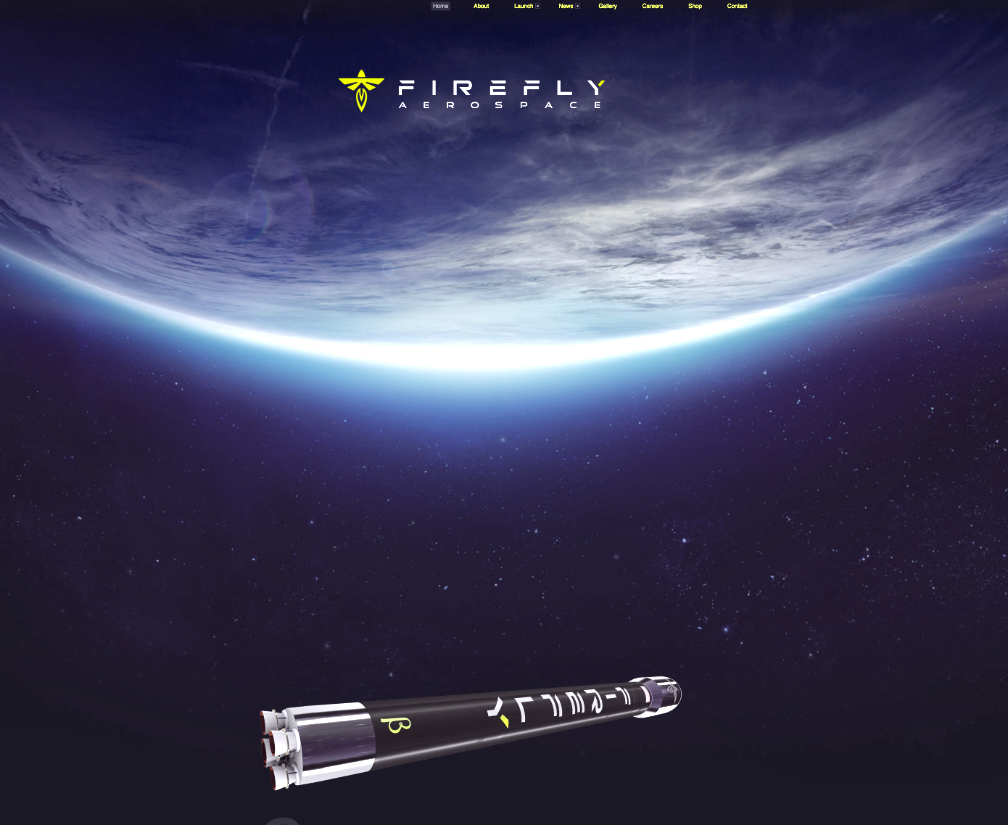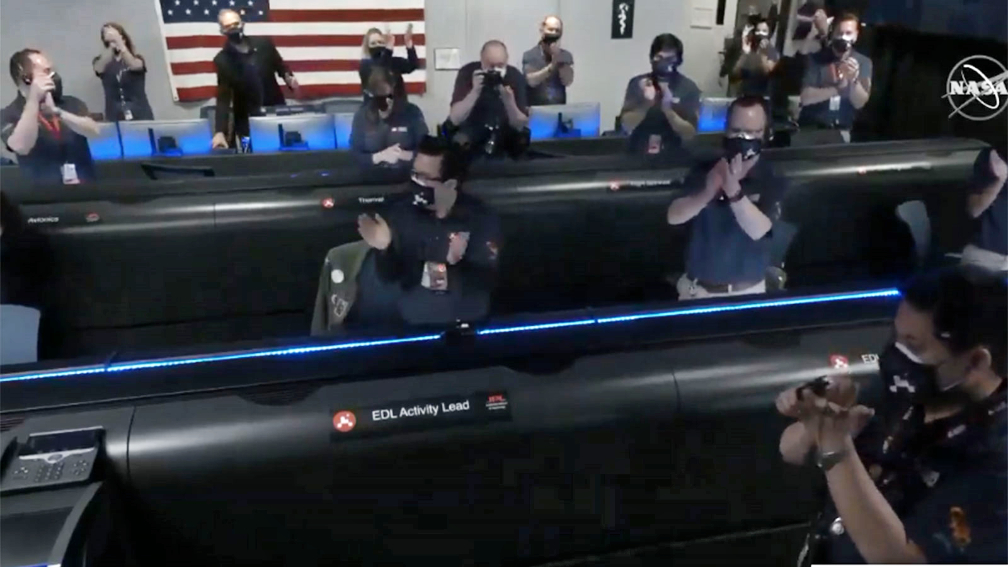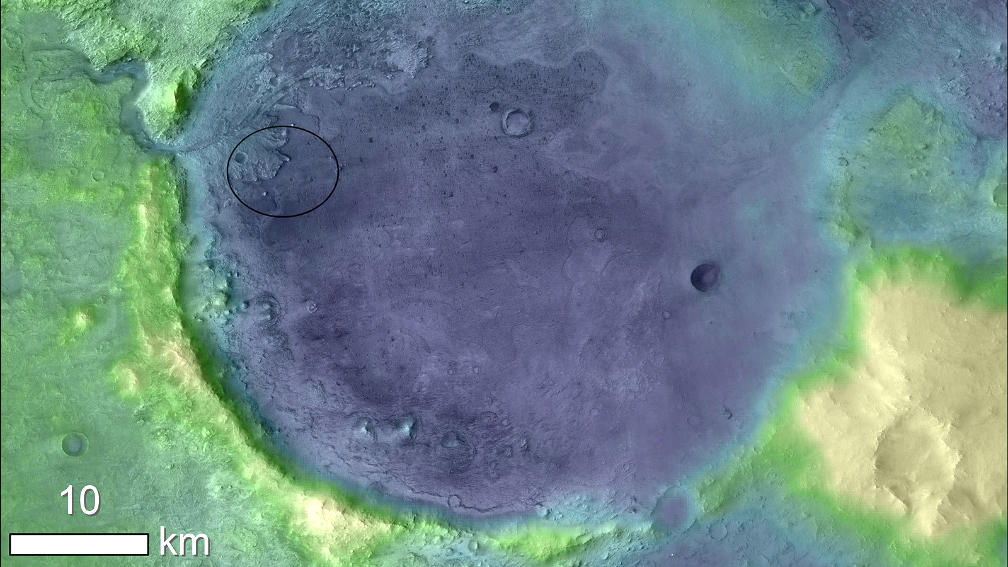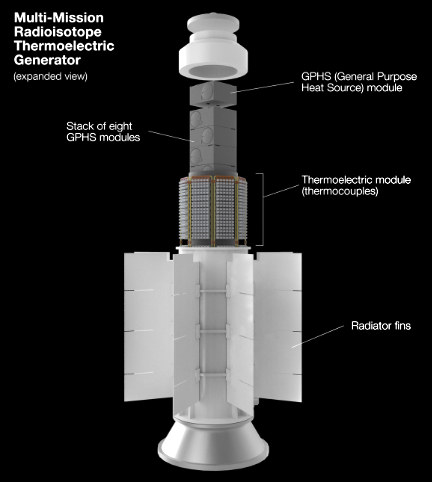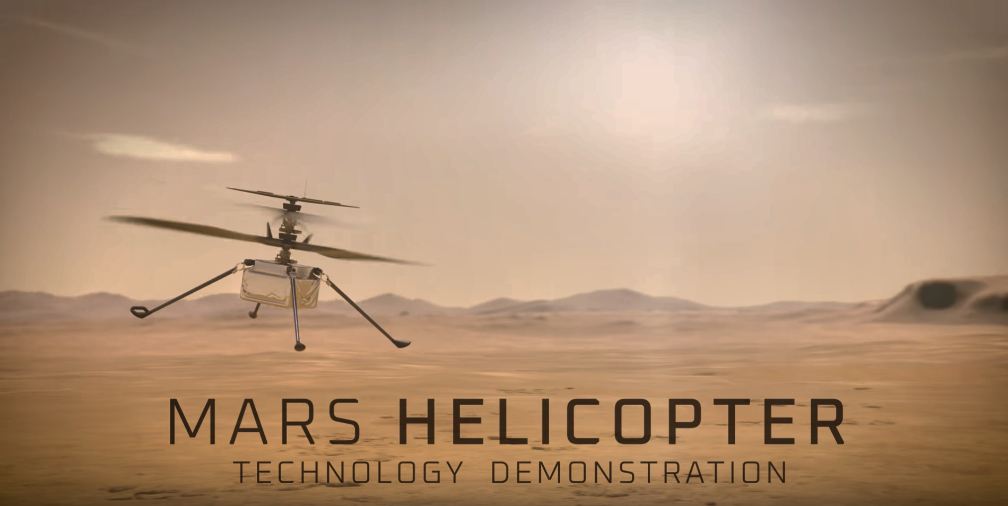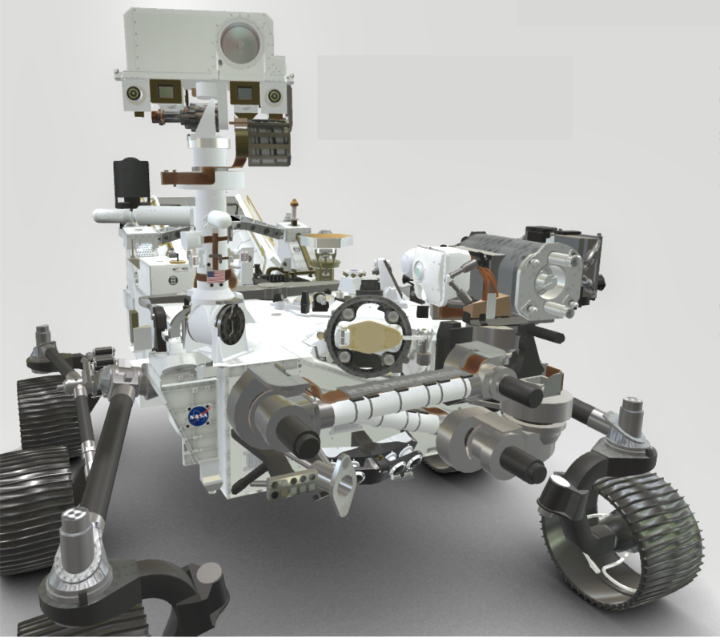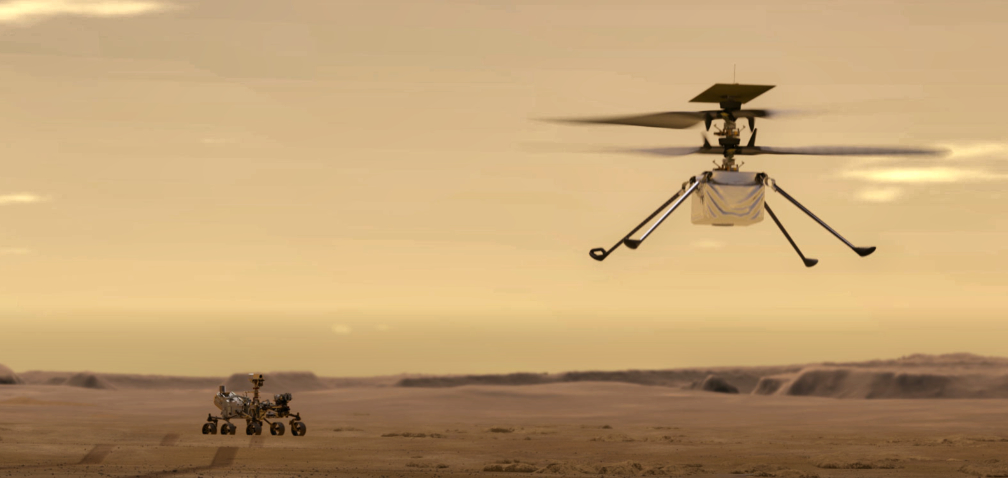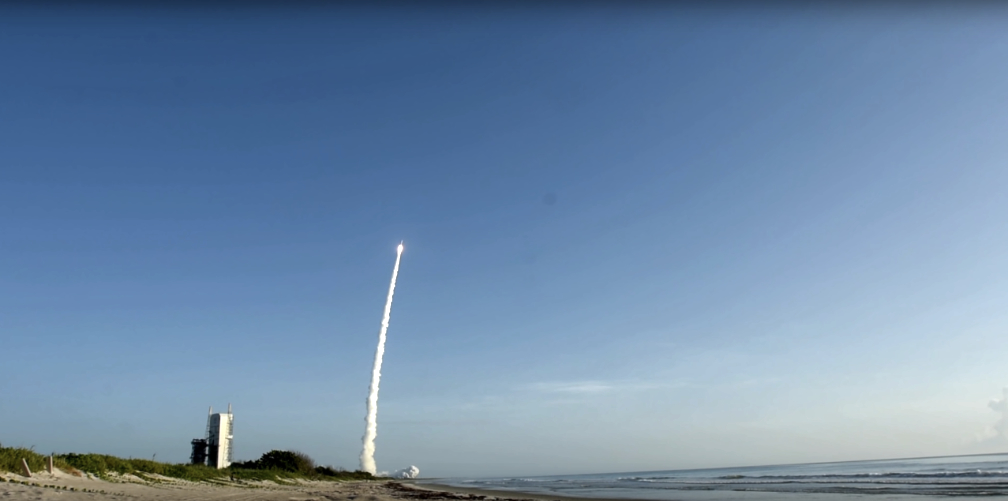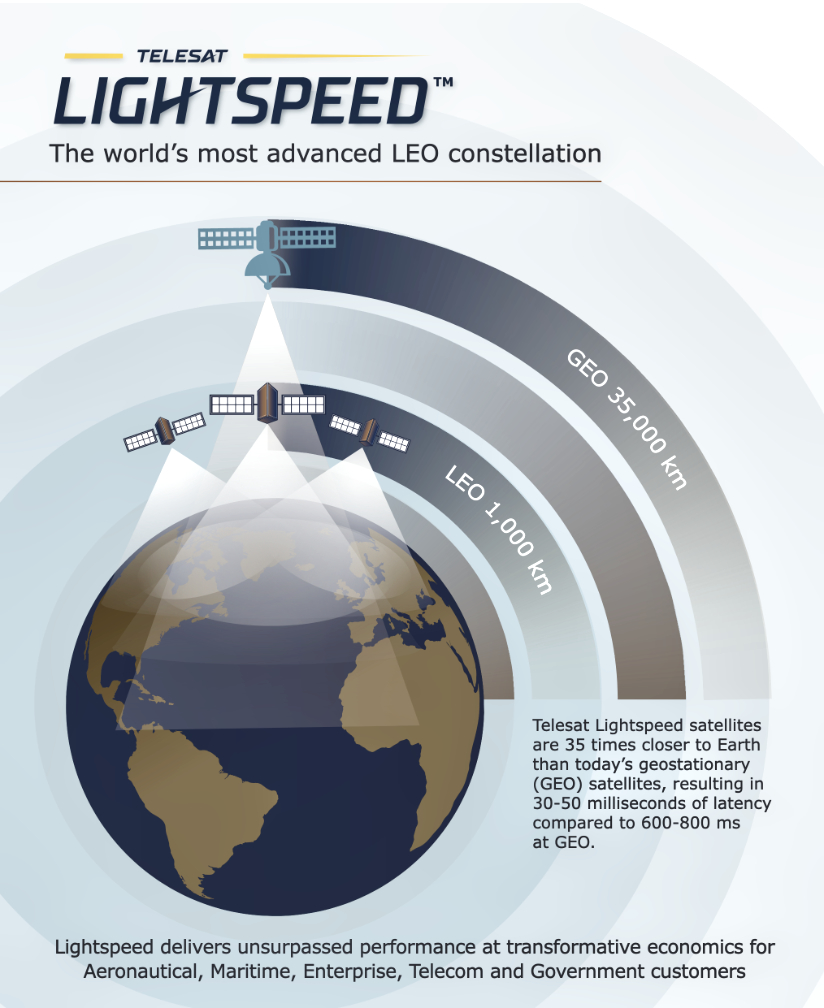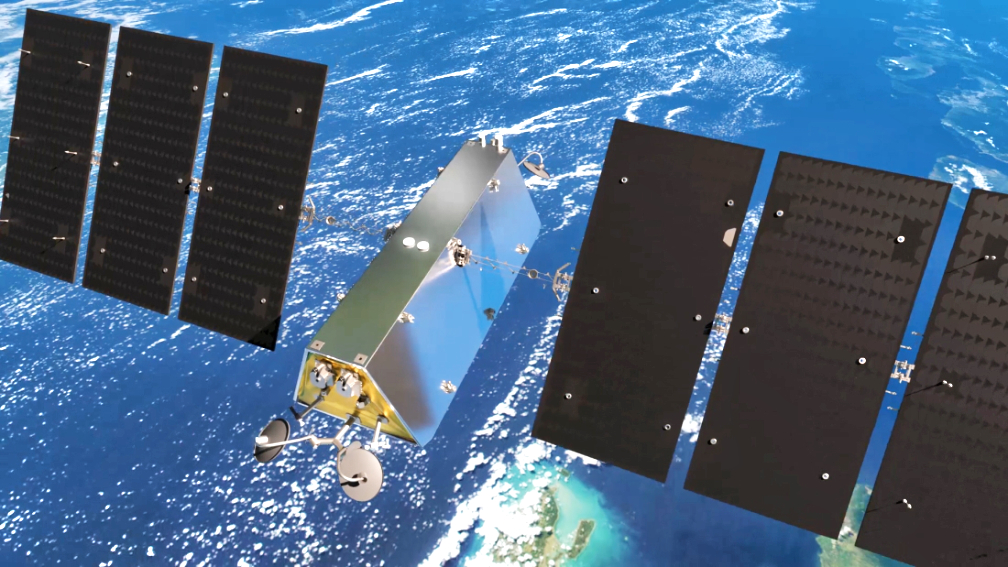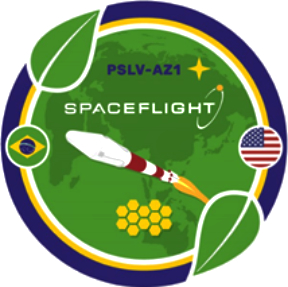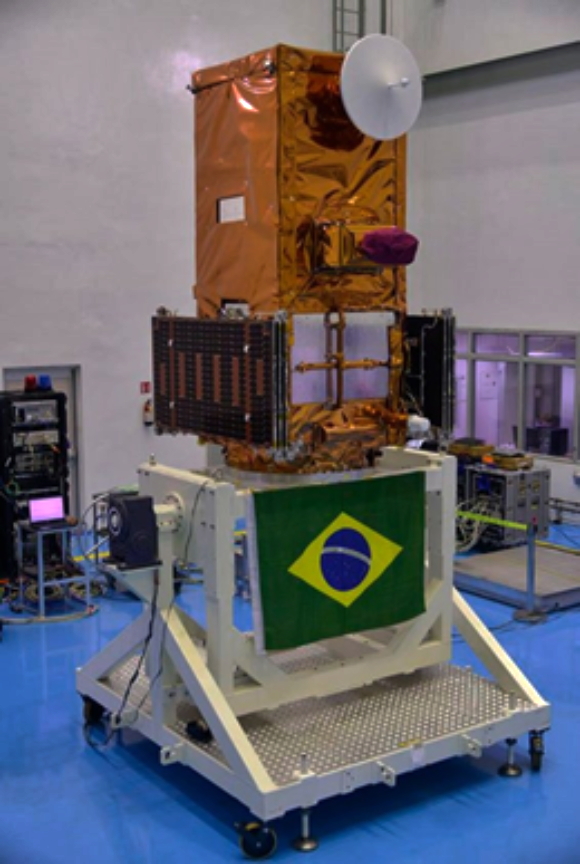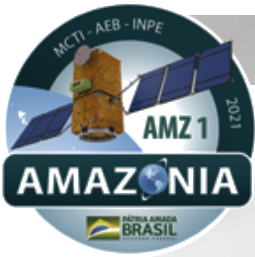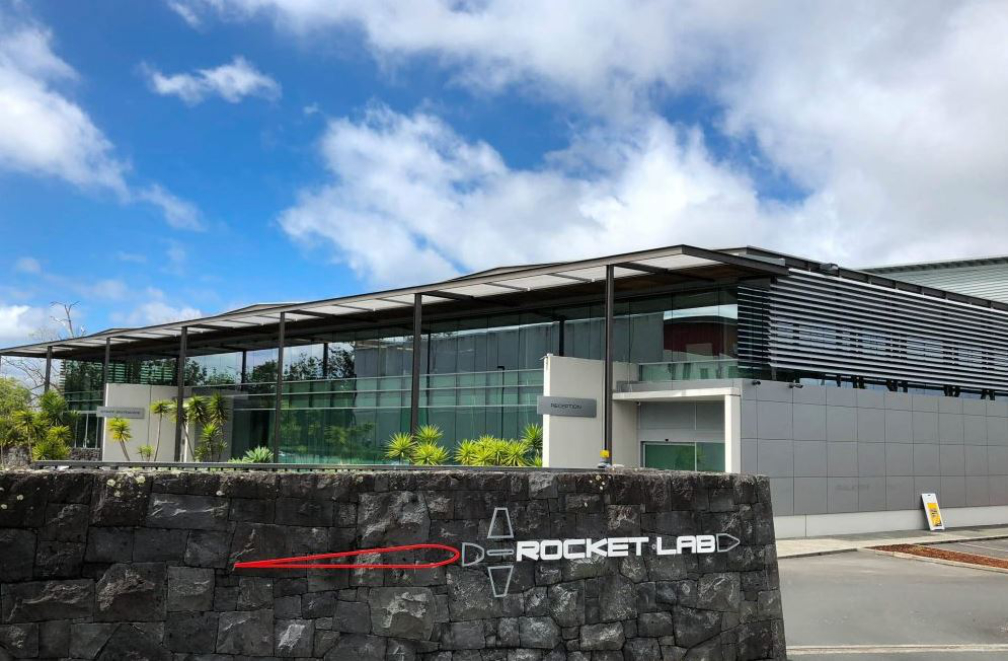
If you happened to attend the recent SmallSat Symposium 2021, you know that one of the “hot’ topics for keynotes, panels and discussions targeted the information regarding the Special Purpose Acquisition Companies (SPAC) and the associated funding possibilities for satellite and space companies. Now, Rocket Lab USA, Inc. and the Vector Acquisition Corporation (Nasdaq: VACQ) (“Vector”) SPAC backed by technology investor Vector Capital have entered into a definitive merger agreement that will result in Rocket Lab becoming a publicly traded company.
The transaction is estimated to be completed in Q2 2021 and, at that time, Vector will change its name to Rocket Lab USA, Inc., and the combined company will trade under the Nasdaq ticker symbol RKLB.
Record Rocket Lab is transforming the way space is used and accessed by delivering end-to-end solutions across the launch and space systems markets. Since the Company’s first orbital launch in 2018, the firm’s Electron launch vehicle has become the second-most frequently launched U.S. rocket each year. To date, Rocket Lab has delivered 97 satellites to orbit for more than 20 public and private-sector organizations and technology-leading constellation operators.
Rocket Lab’s customer base is evenly split across government and commercial organizations that include NASA, the NRO and DARPA, as well as commercial satellite leaders. As the first company to deliver regular and reliable dedicated launch services for smallsats, Rocket Lab has also played a leading role in catalyzing the growth of the commercial small satellite industry.
The satellites launched by Rocket Lab enable operations in national security, Earth Observation (EO), space debris mitigation, weather and climate monitoring, communications and scientific research. Rocket Lab has an established space systems business that develops satellite and spacecraft solutions for a range of commercial and government missions, from LEO constellations to high-complexity,deep space and interplanetary missions.

Rocket Lab’s Photon spacecraft family delivers a satellite-as-a-service solution that eliminates the typical high cost, time and complexity customers face when building their own satellites. With Rocket Lab, customers can buy a launch, satellite, ground services and on-orbit management as a turn-key package, resulting in a disruptive reduction in cost and time to orbit. Rocket Lab has an operational Photon in orbit, with additional missions to the Moon, Mars and Venus planned.
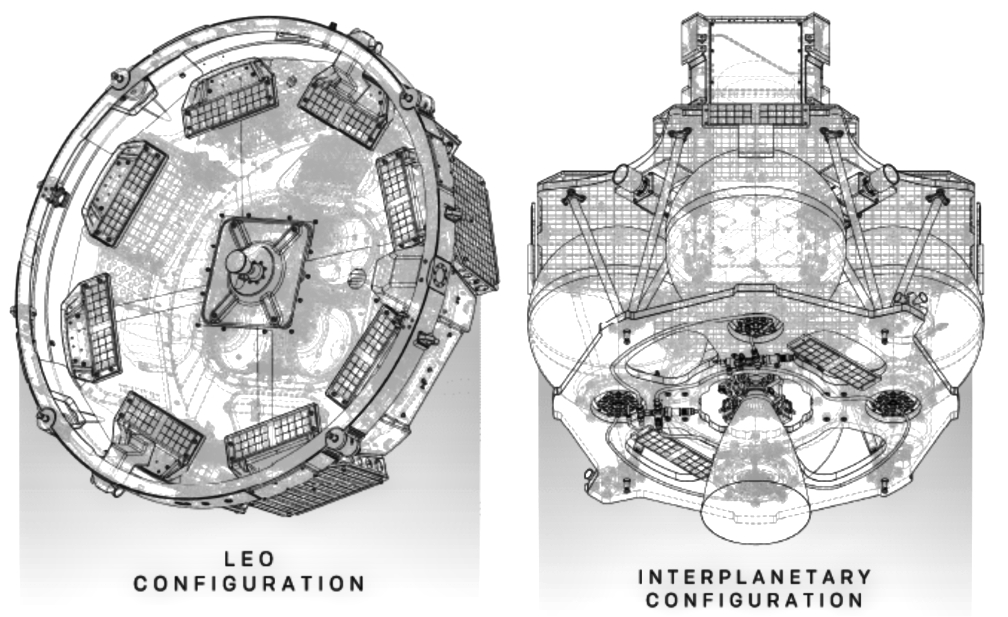
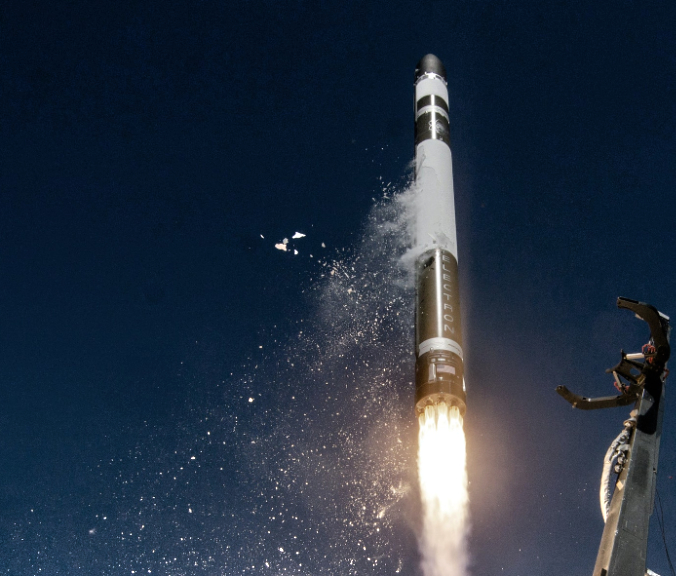
In 2021, Rocket Lab will employ Electron and Photon to launch a satellite to lunar orbit for NASA to serve as a precursor for Gateway, a Moon-orbiting outpost that is part of NASA’s Artemis program to return humans to the lunar surface.

Rocket Lab also unveiled their medium-lift Neutron rocket — an advanced new generation, reusable, launch vehicle with an 8-ton payload lift capacity that is tailored for mega constellations, deep space missions and human spaceflight. Neutron will be able to lift more than 90% of all satellites forecast to launch through 2029 and introduces highly disruptive lower costs to the high-growth constellation market by leveraging Electron’s heritage, launch sites and architecture.
Rocket Lab’s in-house launch and space systems capabilities provide significant competitive advantages in entering the high-growth space applications market that comprises approximately $320 billion of the current $350+ billion space industry TAM. Having reached these milestones — and considering the unprecedented commercial investment and government expenditures driving rapid growth in the space economy — Rocket Lab and the firm’s Board of Directors believe that this proposed transaction is the appropriate next step to position the Company for continued success.
On March 1, 2021, Rocket Lab entered into a definitive merger agreement with Vector. The transaction reflects an implied pro forma enterprise value of $4.1 billionfor Rocket Lab, representing 5.4 x 2025 projected revenue of approximately $750million.The transaction is expected to result in pro forma cash on the balance sheet of approximately $750million through the contribution of existing cash estimated to be on Rocket Lab’s balance sheet prior to close, up to $320 million of cash held in Vector Acquisition Corporation’s trust account(assuming no redemptions by Vector’s public shareholders), and a concurrent, approximately $470 million PIPE of common stock, priced at $10.00 per share and led by Vector Capital, BlackRock and Neuberger Berman, among other top-tier institutional investors.
The transaction, which has been unanimously approved by the Boards of Directors of Rocket Lab and Vector, is subject to approval by Vector’s shareholders and other customary closing conditions. Following the closing of the transaction, the Company will continue to be led by Founder and CEO Peter Beck. Alex Slusky, CEO of Vector and CIO and Founder of Vector Capital, will join Rocket Lab’s Board of Directors alongside Sven Strohband of Khosla Ventures, David Cowan of Bessemer Venture Partners, Matt Ocko of DCVC and Mike Griffin, independent director.
Peter Beck, CEO and Founder of Rocket Lab, said, “In the history of spaceflight, Rocket Lab is one of only two private companies that has delivered regular and reliable access to orbit. Not only are we the leader in small launch, we are the second most frequently launched rocket in the U.S. annually and the fourth most frequent launcher globally. Space has defined some of humanity’s greatest achievements,and it continues to shape our future.The satellites we build and launch are keeping countries connected and borders protected, monitoring weather and managing waste, providing insights on climate change, and helping us manage resources for future generations. Since day one, our talented Rocket Lab team has demonstrated stellar execution and a keen ability to seize growth opportunities. Now, we are thrilled to build upon this momentum and welcome Alex Slusky, a seasoned technology investor and public company director to our Board as we come together with Vector to become a publicly traded, pure-play, end-to-end space company. This milestone accelerates Rocket Lab’s ability to unlock the full potential of space through our launch and spacecraft platforms and catalyzes our ambition to create a new multi-billion-dollar business vertical in space applications.”

Alex Slusky, CEO of Vector and Founder and Chief Investment Officer of Vector Capital, said, “Rocket Lab is a once-in-a-generation company that is democratizing access to space through its constant innovation, leading technology and proven execution. Peter is a true visionary who has built a world-class company with discipline and grit. Rocket Lab is ideally positioned to continue to capture market share in the rapidly expanding space launch, systems and applications markets. Vector Capital has a nearly 25-year track record of identifying and building high-growth technology businesses and we are thrilled to partner with Peter and Rocket Lab’s talented team to support the Company’s next generation platforms and capabilities.Vector is thrilled to partner with Rocket Lab as it seeks to capitalize on unprecedented commercial and government spending in the burgeoning space economy.” Key
Additional information about the proposed transaction, including a copy of the merger agreement and investor presentation, will be available in a Current Report on Form 8-K to be filed by Vector with the Securities and Exchange Commission and at www.sec.gov.The investor presentation can also be found on Rocket Lab’s investor website at www.rocketlabusa.com/investors.

